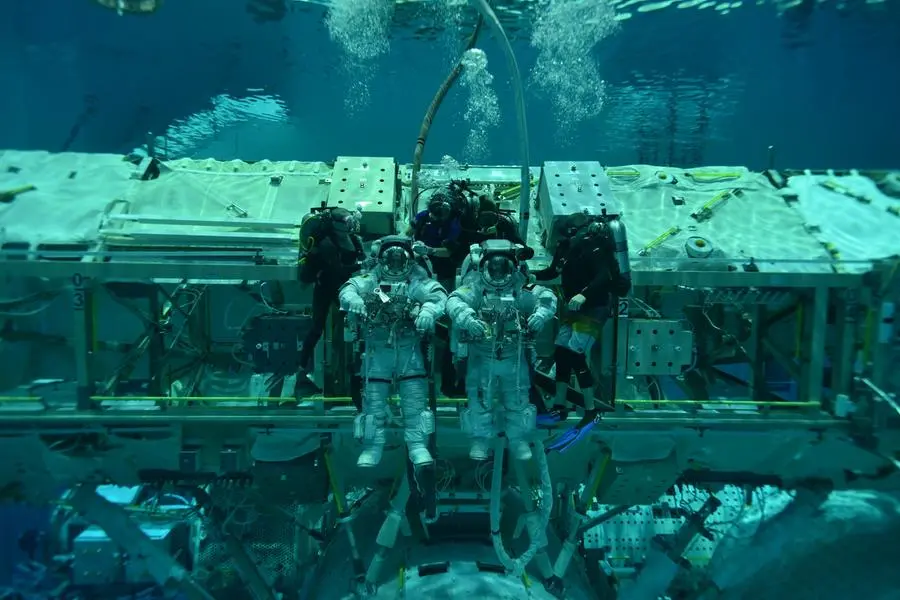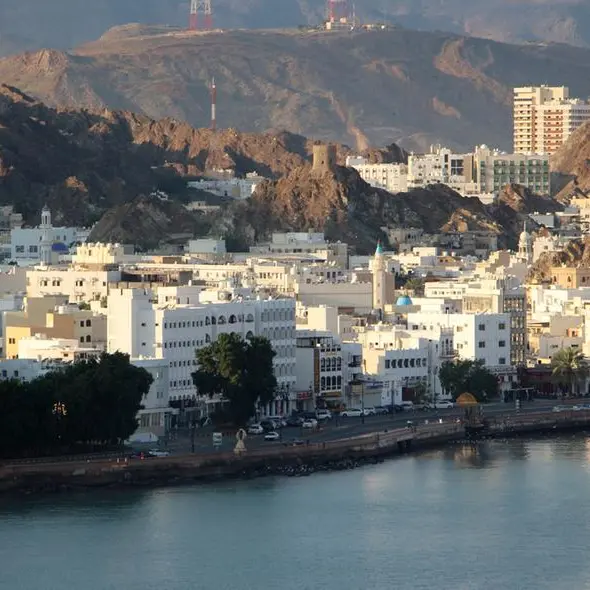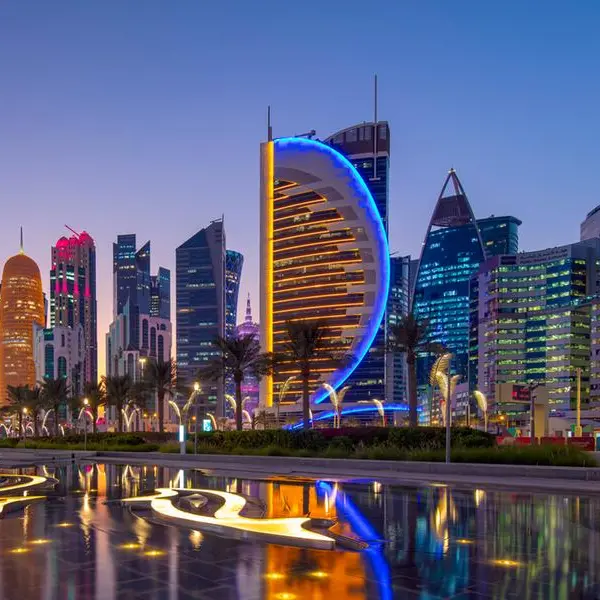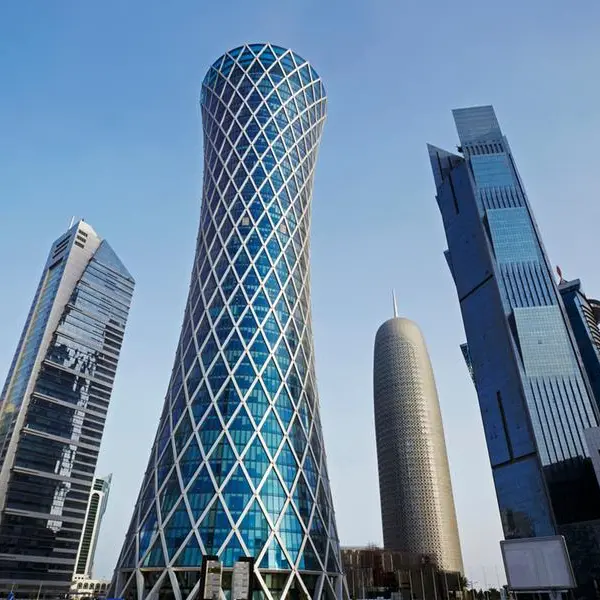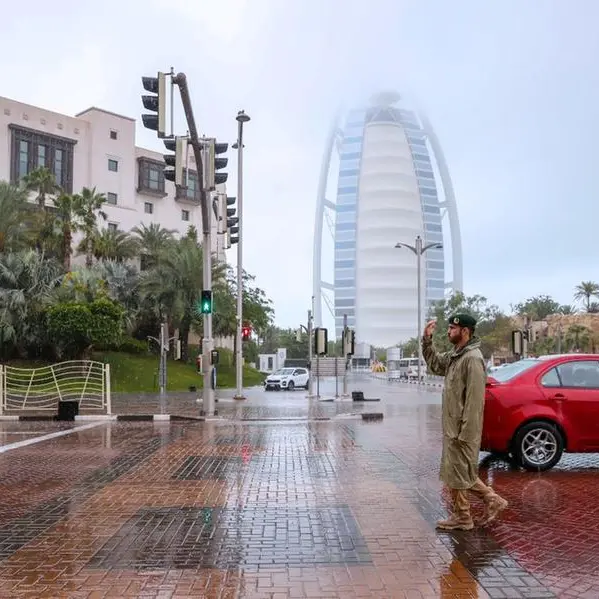PHOTO
As part of Nasa’s 2021 astronaut candidate class training programme, Emirati astronauts Nora AlMatrooshi and Mohammad AlMulla are on track with their extensive training regimen. Both astronauts are undergoing spacewalk training at Nasa's Neutral Buoyancy Laboratory (NBL) at the Johnson Space Center in Houston, Texas.
This follows a recent series of demanding exercises, including survival training at Alabama's Fort Novosel and a detailed orientation at the Marshall Space Flight Center in the USA. AlMatrooshi and AlMulla’s training in the NBL, the world's largest indoor pool used for simulated spacewalk training, is a crucial phase on the way to completing their astronaut training.
The NBL's primary function is to prepare astronauts for space missions involving Extravehicular Activities (EVAs) or spacewalks. The UAE astronauts are currently undergoing training in the depths of the massive facility, which spans 202 ft in length, 102 ft in width, and 40 ft in depth, to master intricate procedures necessary for space exploration.
Neutral buoyancy, simulating the weightlessness experienced in space, is a core part of this training. The facility allows astronauts to become neutrally buoyant, allowing for the manipulation of large objects - similar to the conditions of microgravity in space. The NBL currently provides the most accurate training medium for spacewalks on Earth.
Spacewalks are a cornerstone of both current and future space exploration missions, making the Emirati astronauts training at the NBL vital to their future role in space missions. The International Space Station, for example, requires hundreds of hours of spacewalks for assembly and maintenance.
Earlier this year, Emirati astronaut Sultan AlNeyadi, who is currently on the ISS nearing the end of the longest Arab space mission, became the first Arab astronaut to perform a spacewalk. The spacewalk, which was performed alongside NASA astronaut Stephen Bowen, spanned 7 hours and 1 minute and involved skilfully executing several preparatory tasks, which included routing power cables and laying the groundwork for the upcoming installation of the ISS Roll-Out Solar Array (iROSA). Prior to his mission, AlNeyadi had trained for more than 55 hours at the NBL in preparation for spacewalks. During his time there, AlNeyadi underwent nine runs of six hours each, training underwater simulating spacewalks utilising the full mock-up of the ISS.
AlMatrooshi and AlMulla, who are part of the second batch of the UAE Astronaut Programme, were selected alongside 10 other Nasa candidates from a pool of over 12,000 applicants for the 2021 class of astronaut candidates. Both Emirati astronauts continue to display remarkable resilience and determination, reflecting the UAE's ambitious vision for space exploration. They are set to graduate in early 2024, joining a select group of flight-eligible astronauts ready for space mission.
The UAE Astronaut Programme is one of the projects managed by MBRSC under the UAE’s National Space Programme and funded by the ICT Fund of the Telecommunications and Digital Government Regulatory Authority (TDRA), which aims to support research and development in the ICT sector in the UAE and promote the country’s integration on the global stage.
Copyright © 2022 Khaleej Times. All Rights Reserved. Provided by SyndiGate Media Inc. (Syndigate.info).
